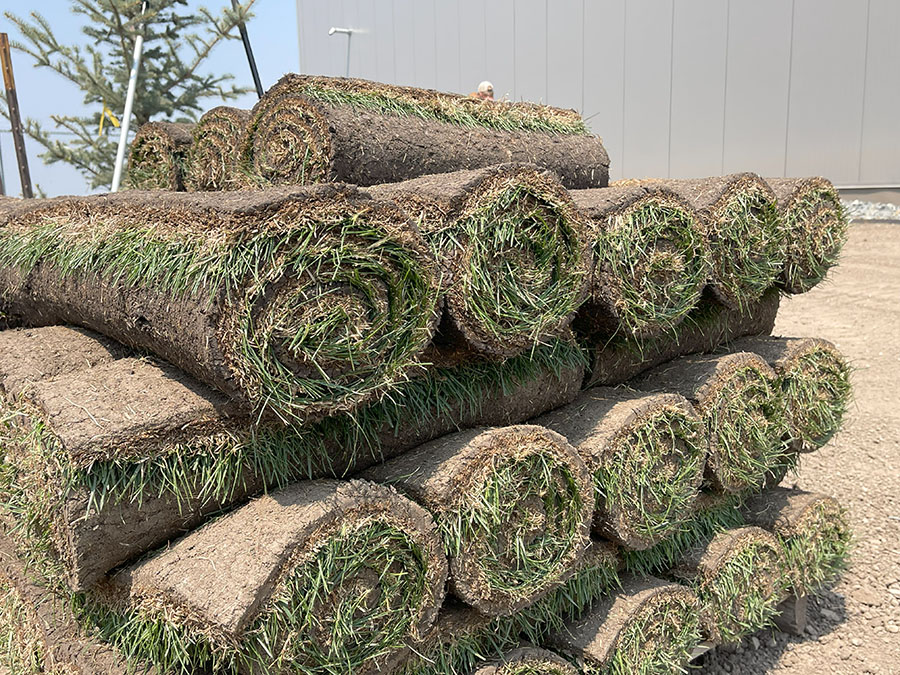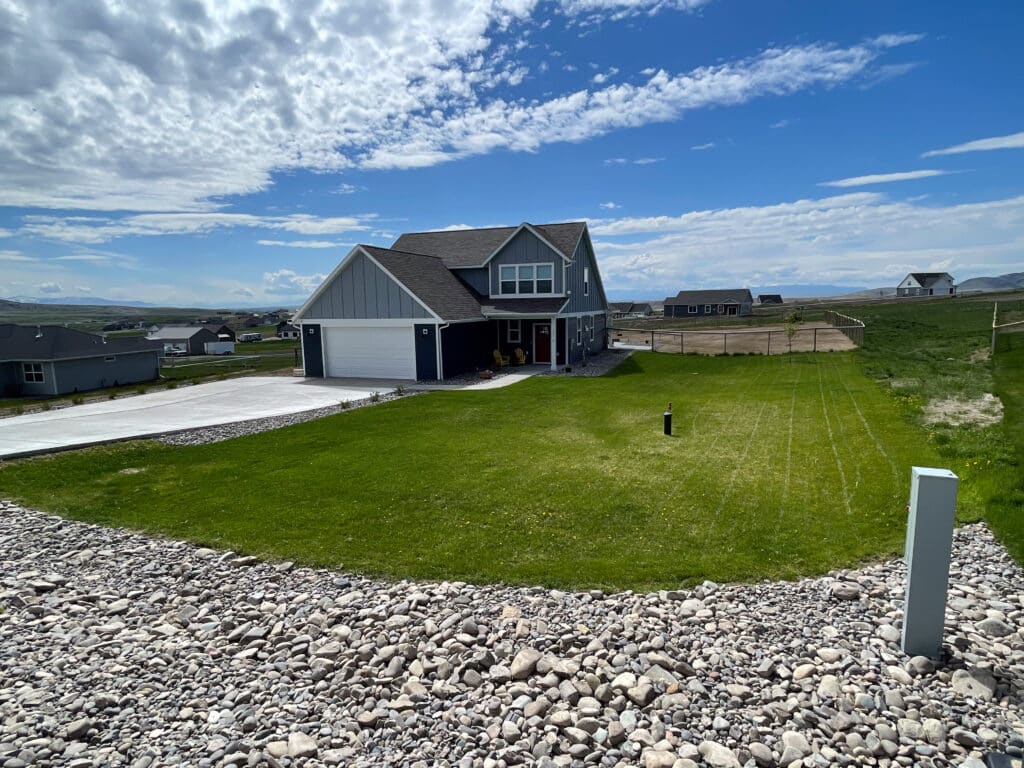Consider climate, soil type, and sun exposure when selecting grass varieties that thrive in your region.
Choosing the right grass type for your region is crucial for a lush and healthy lawn. Different grass varieties thrive in specific climates and growing conditions. Here’s a guide to help you choose the right grass type for your region:
Directions
1. Identify Your Climate Zone
Warm-Seasoned Grasses: Suitable for regions with hot summers and mild winters. Examples include Bermuda grass, Zoysia grass, and St. Augustine grass.
Cool-Seasoned Grasses: Thrive in areas with cold winters and moderate summers. Examples include Kentucky bluegrass, fescue, and ryegrass.
2. Consider Temperature Tolerance
Heat Tolerance:
Choose grass varieties that can withstand the highest temperatures in your region. Warm-season grasses are generally more heat-tolerant.
Cold Tolerance: If you experience freezing temperatures, select grass types that are cold-tolerant. Cool-season grasses are typically better suited for colder climates.

3. Evaluate Sunlight Conditions
Full Sun: For areas with ample sunlight, choose grass varieties that thrive in full sun. Examples include Bermuda grass and Kentucky bluegrass.
Partial Shade: If your lawn receives partial shade, select grass types that tolerate lower light levels. Fine fescue and certain varieties of Zoysia grass may be suitable.
4. Consider Drought Resistance
Drought-Tolerant Varieties: If your region experiences water scarcity, opt for grass varieties that are drought-tolerant. Buffalo grass and certain types of fescue are known for their drought resistance. Check out Top Dog’s lawn care services.
5. Soil Type & pH
Soil Compatibility: Consider the soil type in your region. Some grasses prefer sandy soils, while others thrive in clayey soils. Check the compatibility of the grass type with your soil.
pH Preferences: Different grasses have varying pH preferences. Perform a soil test to determine the pH of your soil and choose grass varieties that match your soil conditions.
6. Traffic & Wear Resistance
High Traffic Areas: If your lawn experiences heavy foot traffic or play, choose grass types known for their wear resistance. Kentucky bluegrass and Bermuda grass are examples.
7. Disease Resistance
Resistant Varieties: Consider the prevalence of specific diseases in your region and choose grass types that are resistant to common diseases. Fescue varieties, for instance, are known for disease resistance.
8. Local Recommendations
Observe Neighbor’s Lawns: Take note of the grass types used in neighboring lawns. If certain grass varieties thrive in your local area, they may be well-suited for your lawn as well.
9. Consider Maintenance Level
Mowing and Maintenance: Different grass types have varying mowing and maintenance requirements. Choose a grass type that aligns with your desired level of lawn care.
10. Local Regulations
Check Local Regulations: Be aware of any local regulations or restrictions regarding grass types. Some areas may have restrictions on water usage or invasive grass species.
11. Budget Considerations
Seed vs. Sod: Consider your budget and whether you prefer to establish your lawn from seed or sod. Sod provides instant coverage but is typically more expensive.
Long-Term Costs: Factor in long-term costs, including water requirements, fertilization, and potential pest control, when choosing a grass type.
TIps for Success
- Mix Grass Varieties: Consider mixing different grass varieties to create a more resilient lawn. This is known as a “grass blend” or “seed mix.
- Regular Lawn Maintenance: Regardless of the grass type, regular lawn maintenance practices such as proper watering, fertilization, and aeration contribute to a healthier lawn.
- Adapt to Microclimates: Be aware of microclimates within your yard, as certain areas may have different growing conditions. Choose grass types that adapt well to these microclimates.
- Stay Informed: Stay informed about new grass varieties and technologies that may be better suited for your region.
By considering these factors and conducting thorough research, you can choose the right grass type for your region, leading to a vibrant and resilient lawn.



